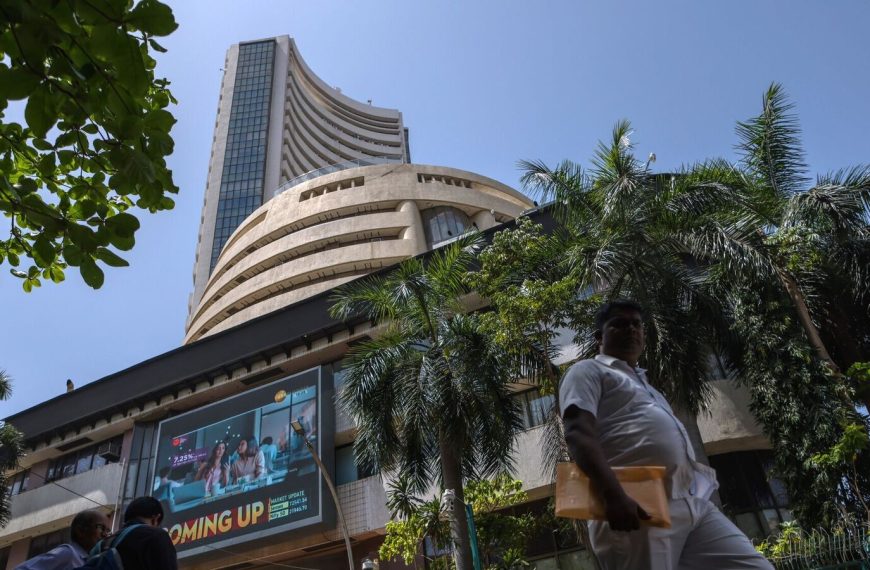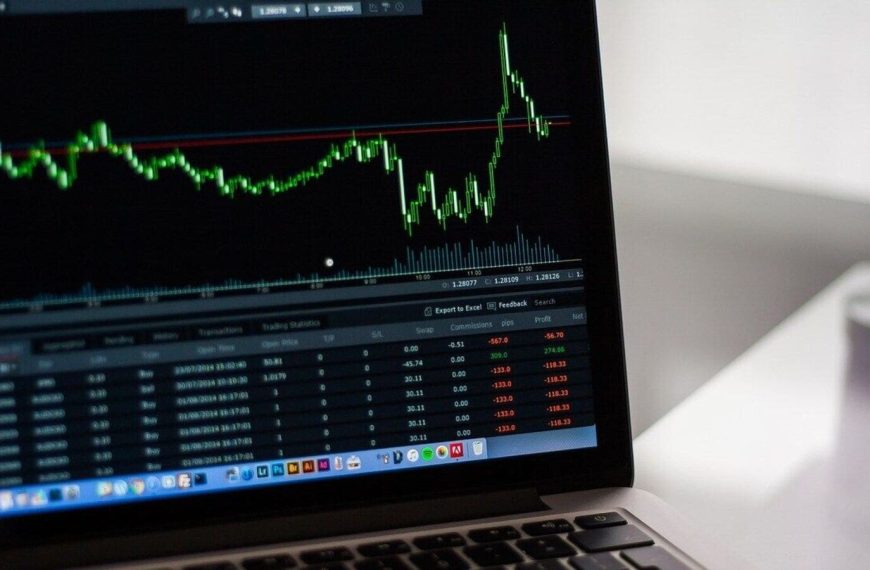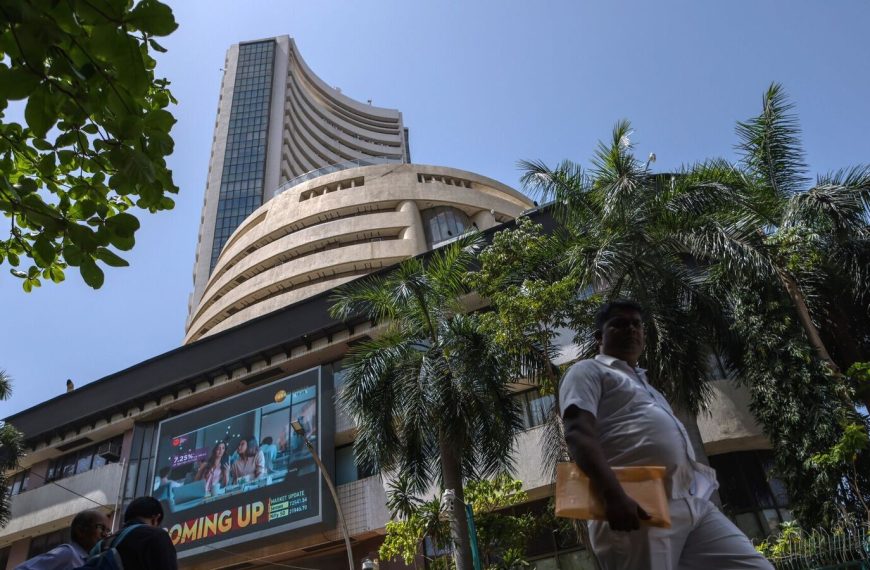Foreign institutional investors (FIIs) are on a buying spree, having acquired equities worth ₹29,510 crore over the last seven trading sessions. This surge in investment underscores a broader trend influenced by the recent performance of global markets, particularly in the U.S., where stock prices have surged while the dollar remains stable. Analysts attribute this growing interest to an optimistic outlook on economic fundamentals and anticipated earnings growth in FY26.
What’s Behind the Shift in FII Investment?
The investment decisions made by foreign institutional investors are influenced by a myriad of global and domestic factors. Until recently, FIIs had been net sellers in Indian markets since October 2024. However, they turned a new leaf in March, marking the first month of net buying after a five-month hiatus, albeit with modest inflows of ₹2,000 crore. What catalyzed this change?
Siddhartha Khemka, the head of research at Motilal Oswal Financial Services, notes that the shifting global landscape is increasingly favoring India. The recent changes in international tariffs have positioned India as a potentially attractive partner, especially given its lower tariffs compared to several other Asian countries. This advantageous position allows India to better navigate the uncertainties present in the global market.
Positive Indicators for Indian Markets
In recent months, the market has witnessed a healthy correction, leading to a more attractive valuation environment. As Khemka explains, concerns surrounding earnings appear to be stabilizing.
- Q4 is expected to be the last quarter with subdued performance.
- Domestic consumption is on an upward trajectory.
- A favorable monsoon season is anticipated, benefiting monsoon-related sectors.
Another critical factor bolstering market confidence is the Reserve Bank of India’s (RBI) liquidity injections into the economy, which are particularly beneficial for the banking and financial sectors. Notably, these stocks constitute approximately 30% of the index, making them crucial players less susceptible to global market fluctuations.
Global Economic Outlook: India’s Resilience
While the International Monetary Fund (IMF) has downgraded India’s growth forecast to 6.2% amid tariff uncertainties, the nation is still poised to be one of the fastest-growing economies in 2025 and 2026. In stark contrast, the IMF predicts global growth at only 2.8% in 2025 and 3% in 2026, further emphasizing India’s resilience.
Khemka highlights a key takeaway: "Even with the IMF’s adjusted growth projections, India remains on track to achieve over 6% growth, making it one of the most robust economies globally. The worst seems to be already factored into India’s market, and I anticipate a reduction in tariff-related tensions, which bodes well for our economy."
Looking Ahead: Sustaining Momentum
As the market closes the week on a positive note, all eyes are on the final figures for April. The question remains—can the current buying momentum maintain its pace? With the market showing resilience, many are optimistic about continued foreign investment flowing into Indian equities.
In summary, the combination of favorable economic indicators, strategic global positioning, and domestic growth prospects paints a promising picture for India, setting the stage for potential outperformance amidst global economic challenges.











